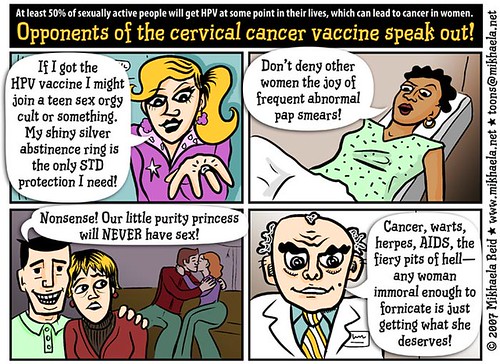
Ovarian cancer forms in one or both ovaries lie on either side of the uterus. The ovaries are only the size of an almond, and are responsible for the production of eggs and release them into the fallopian tubes.
The ovaries produce estrogen and progesterone, two female hormones. If these levels are too high, before and during ovulation, may cause ovarian tumors to form.
There are basically two types of ovariantumors, a type is not a carcinogen and the other is cancerous. If tumors are cancerous, which will cover the ovaries, and eventually spread to other parts of the body.
Only about 20 percent of cancers are discovered before they have begun to spread beyond the ovaries. This is mainly because the early symptoms of ovarian cancer is often misdiagnosed because the symptoms are similar to many common ailments such as indigestion, gas,nausea, bloating, constipation and bladder problems. The only difference is that the symptoms of ovarian cancer symptoms will not disappear after a few days, but gradually deteriorate and the cancer continues to spread.
So who's at risk?
Those who are overweight and obesity. Obesity is associated with ovarian cancer is more serious, and increases the risk by 80%. Help fat cells produce high levels of estrogenthat is bound to cause ovarian cancer.
Usually develops after menopause, but may also occur before menopause. With age, the risk increases.
Women who have had children or had their first child after age 30 are at greater risk.
Women who began menstruation at an early age (before 12) and had a late menopause (after 50), are also at greater risk.
Those who have difficulty conceiving, but researchers do not know if this is becauseinfertility or infertility due to drugs given to patients.
Hormone replacement therapy also plays an important role.
A drug called danazol, has been linked to ovarian cancer. This is a male hormone (androgens), which is used to treat endometriosis.
A diet high in fat also largely increases the risk.
Those who have had breast cancer are also at higher risk.
Family history, if someone in your family has had, the riskincrease of 10-15 percent.
Mutations in the gene (or so they say).
To eliminate some of the risk of developing ovarian cancer, you can stick to a plant-based diet to help maintain a healthy weight, and keep the inside of the body clean and free of toxins.
